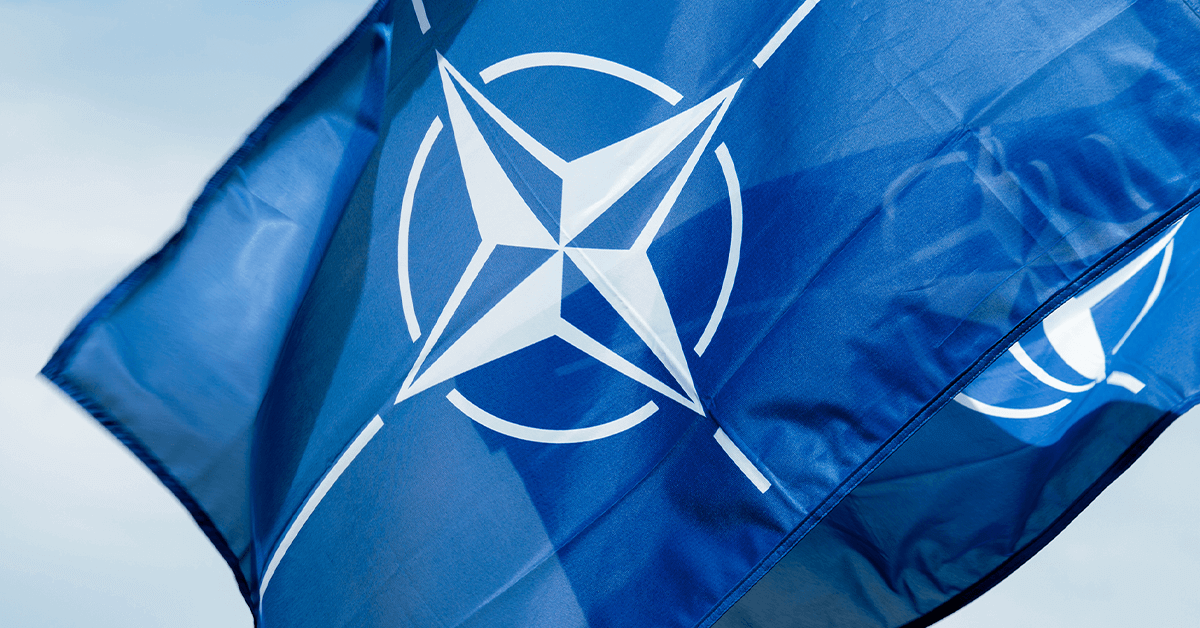NATO has introduced its first Resilience Reference Curriculum, aimed at equipping NATO allies and partners to effectively counter a range of threats, including natural disasters, disruptions to critical infrastructure, and both hybrid and armed attacks.
Launched during a Resilience Committee meeting on Feb. 14, the RRC was developed through a collaborative effort involving the NATO Defence Education Enhancement Programme, the NATO Resilient Section, the Partnership for Peace Consortium, and subject-matter experts from allied and partner nations. The curriculum is designed to develop skills and strategies that enhance resilience amid uncertainties, disruptions and rapid technological change.
Member states and partners can use the RRC to design their own training programs. Mariusz Sollis, head of NATO’s DEEP, emphasized that assistance is available to help tailor and implement the curriculum for professional military education institutions.
In the foreword of the DEEP publication, NATO officials Adm. Pierre Vandier and Angus Lapsley highlighted the necessity of a “whole-of-government approach,” indicating that achieving a high level of preparedness requires support from the “broader society, with education and awareness acting as key agents of transformation.”
“The Resilience Reference Curriculum constitutes an important guiding framework for developing courses, study programs and training on the topic of resilience for defence education purposes,” they noted. Adm. Vandier leads NATO’s Allied Command Transformation, while Lampsley oversees NATO’s defence policy planning arm.
The RRC operates under NATO’s DEEP initiative, which offers tailored support for reforming military education in various countries. This program relies on the expertise of specialists from NATO member and partner countries and includes peer-to-peer activities and curriculum development. Current DEEP initiatives are active in Armenia, Colombia, Jordan, Mongolia, Serbia, Tunisia and Ukraine.


